- Noah Miller is the top prospect in Wisconsin
- Alex Binelas: ‘Wisconsin is a baseball hotbed’
- The3rdManIn.com’s MLB Draft prospect history
- Brewers haven’t had success with first-round picks
- J.J. Goss has been nearly unhittable this spring
- Ricky DeVito develops into MLB draft prospect
- Matt Canterino thriving in junior season
- Ryne Nelson adjusting to starting rotation
- Isaiah Campbell focused on consistency
- Greg Jones is an intriguing draft-eligible sophomore
Brewers can’t duplicate the Cubs’ rebuild process
- Updated: October 30, 2016
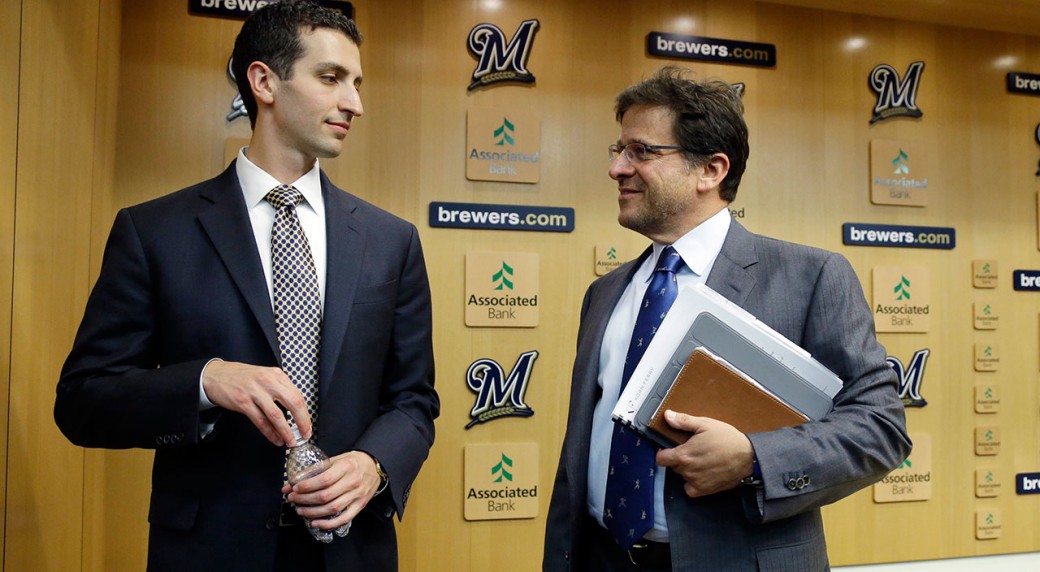
The Chicago Cubs are in the World Series for the first time since 1945, and fans of the Milwaukee Brewers daydream about their team reaching that pinnacle sooner than later. The Brewers haven’t been to the Series since 1982, and their situation is nowhere near the Cubs’ rebuilding plan.
It took the Cubs four years of misery to rebuild the franchise and return to prominence. The Brewers, who started rebuilding in the middle of the 2015 season, will be lucky to compete for a National League Central crown by 2020.
Highly regarded baseball executive Theo Epstein, the engineer of Boston’s long-awaited resurgence, took over the Cubs in October 2011 and inherited a last-place team filled with veteran players.
Epstein instantly began to reshuffle the roster in hopes of stacking the farm system with high-end prospects. He accepted the fact that to consistently compete at an elite level, the Cubs had to start over.
However, just north of the Windy City in Milwaukee, Brewers management let their ball club drift in to a sea of false hope and mediocrity.
While the Cubs tallied five straight losing seasons and five fifth place finishes in the Central from 2010-2014, the Brewers had three winning seasons, but only made the playoffs once when they came two wins away from reaching the World Series in 2011.
Brewers management, especially general manager Doug Melvin, overestimated the talent on the roster and led fans on a hyped and misguided journey that rivaled the collapse of the Cubs in 1969, when they lost an astonishing 17.5 games in the standings to the New York Mets in the last quarter of the season.
In 2014, the Brewers led the division for 150 days to only go 9-22 to close out the season, recording an 82-80 overall record.
But, Melvin decided that the breakdown was a fluke, and he kept the team’s core intact.
That was mistake. The team got off to a miserable start, posting a 5-17 record through the first month of the 2015 season. Manager Ron Roenicke was fired, and former player Craig Counsell was hired to replace him, despite no previous coaching experience.
Meanwhile as the Brewers continued to underachieve and finally realized that they needed to rebuild, the Cubs were turning the corner. With some of the organization’s top prospects reaching the big leagues and key offseason moves paying off, the Cubs went from 73 wins in 2014 to 97 in 2015, which was good enough for a postseason berth.
Filling out their roster with expensive veteran free agents in the offseason, the Cubs lived up to expectations and are now in the World Series. The Brewers on the other hand, tallied 73 wins in their first full season of the rebuilding process in 2016.
Could the Brewers rebuild payoff like it did for the Cubs? Sure it could, but it won’t be as easy.
David Stearns was hired as the Brewers general manager at the end of the 2015 season. He’s been aggressive turning over the roster and building the farm system from the ground up. He’s focused on player development and statistical analytics.
Not only did the Cubs get extremely lucky with the development of their prospects that they acquired through the MLB First-Year Player Draft and trades, but they were also able to open up the wallet and shell out ridiculous contracts to marquee free agents.
Over the last two years, the Cubs have inked numerous veterans to contracts to round out their young, inexperienced roster. Here are just some of the veterans they’ve signed:
• LHP John Lester – six-year, $155 million deal prior to the 2015 season
• RHP Jason Hammel – two-year, $20 million contract prior to the 2015 season
• RHP John Lackey – two-year, $32 millioin deal prior to the 2016 season
• 2B Ben Zobrist – four-year $56 million contract prior to the 2016 season
• OF Jason Heyward – eight-year, $184 million deal prior to the 2016 season
• OF Dexter Fowler – two-year, $17 million deal prior to the 2016 season
There is no way the Brewers could ever afford one of these players, let alone convince them to sign in Milwaukee. With an annual payroll at most around $100 million, the Brewers have to develop talent through the farm system and can’t rely on signing game changing free agents.
With the Brewers financial situation the complete opposite of the Cubs, it will make it challenging for them to compete on the same level as the Cubs year in and year out. The Brewers need to hope that the rebuilding process works and that they are able to get remotely close to the Cubs’ success in the future.
Find more information on the Brewers’ rebuild and farm system here.
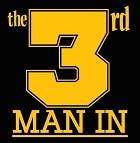
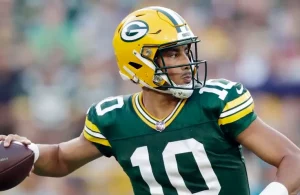
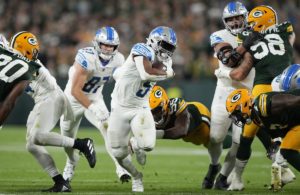
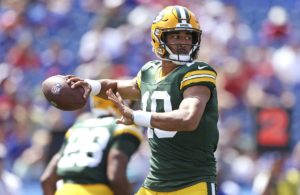
Pingback: Baseball Blogs Weigh In: Cubs, Indians, Trades, Free Agency - MLB Trade Rumors
Pingback: Baseball Blogs Weigh In: Cubs, Indians, Trades, Free Agency - Baseball Feeds To The Fans
Pingback: Baseball Blogs Weigh In: Cubs, Indians, Trades, Free Agency | Betting Baseball
Pingback: Baseball Blogs Weigh In: Cubs, Indians, Trades, Free Agency – MLB Trade Rumors | Sporting tools mart
Pingback: Baseball Blogs Weigh In: Cubs, Indians, Trades, Free Agency – MLB Trade Rumors | Sports Fitness Clothing
Pingback: Baseball Blogs Weigh In: Cubs, Indians, Trades, Free Agency – MLB Trade Rumors | Soccer line sport
Pingback: Baseball Blogs Weigh In: Cubs, Indians, Trades, Free Agency – MLB … – MLB Trade Rumors | Sports Fitness Clothing